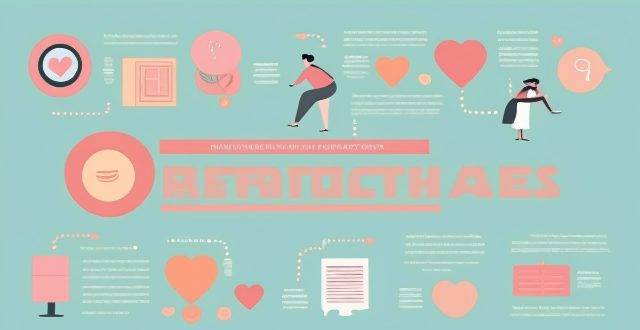Cultural differences significantly impact women's rights globally, affecting education, employment, healthcare, family life, political representation, legal protections, and social norms. Addressing these issues requires a multifaceted approach to promote gender equality.

Cultural Differences and Women's Rights Around the World
Cultural differences play a significant role in shaping women's rights around the world. These differences can be seen in various aspects of life, including social norms, traditions, religion, and laws. Here are some ways in which cultural differences affect women's rights:
1. Education
- Access to Education: In some cultures, girls are not allowed to attend school or receive an education. This limits their opportunities for personal and professional growth.
- Quality of Education: Even when girls have access to education, the quality of education may differ based on cultural beliefs about what is appropriate for girls to learn.
2. Employment
- Work Opportunities: Cultural norms often dictate the types of jobs women can do, limiting their career choices and potential income.
- Wage Gap: Gender-based wage disparity is prevalent in many cultures, with women earning less than men for the same work.
3. Healthcare
- Access to Healthcare: In some cultures, women face barriers to accessing healthcare services due to gender-based discrimination or lack of resources.
- Reproductive Rights: Cultural differences also impact women's reproductive rights, including access to contraception, abortion, and family planning services.
4. Marriage and Family Life
- Age of Marriage: In some cultures, girls are married at a young age, which can limit their educational and career prospects.
- Family Planning: Cultural beliefs about family size and birth control can impact women's ability to plan their families and make informed decisions about their reproductive health.
- Domestic Violence: Cultural attitudes towards domestic violence can lead to underreporting and a lack of support for victims, perpetuating the cycle of abuse.
5. Political Representation
- Voting Rights: In some countries, women are not allowed to vote or run for political office, limiting their ability to influence policy decisions that affect their lives.
- Gender Quotas: Even when women have the right to vote and hold political office, cultural norms may prevent them from being elected or appointed to positions of power.
6. Legal Protections
- Discrimination Laws: In some cultures, there are no laws protecting women from discrimination in areas such as employment, education, and housing.
- Violence Against Women: Cultural attitudes towards violence against women can impact the implementation and enforcement of laws designed to protect them from harm.
7. Social Norms and Traditions
- Gender Roles: Cultural expectations about gender roles can limit women's participation in certain activities or professions, perpetuating stereotypes and inequality.
- Clothing Regulations: In some cultures, women are required to wear specific types of clothing or cover their hair, which can impact their freedom of expression and self-determination.
In conclusion, cultural differences have a profound impact on women's rights around the world. Addressing these issues requires a multifaceted approach that includes education, advocacy, legal reforms, and grassroots movements to challenge harmful cultural practices and promote gender equality.